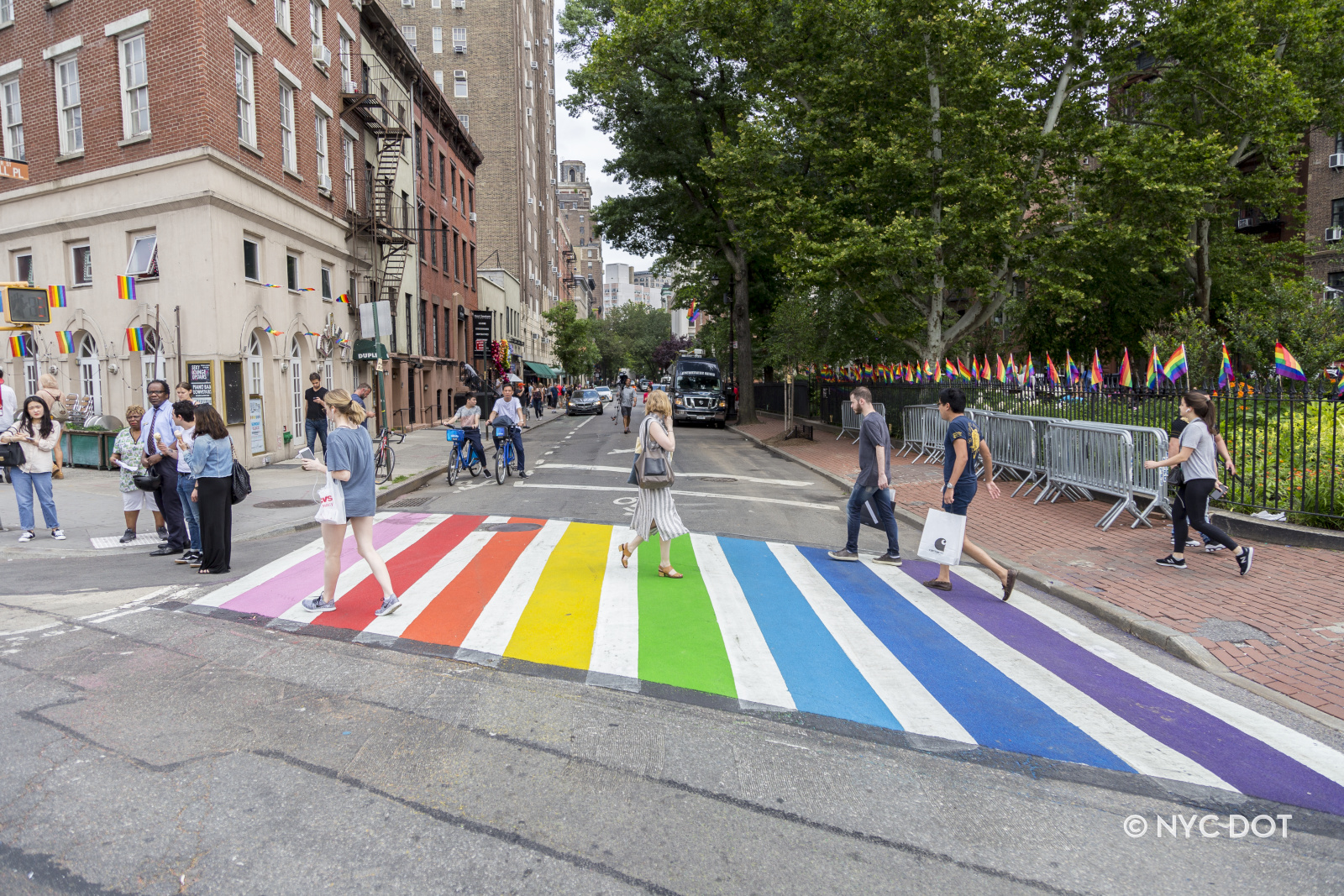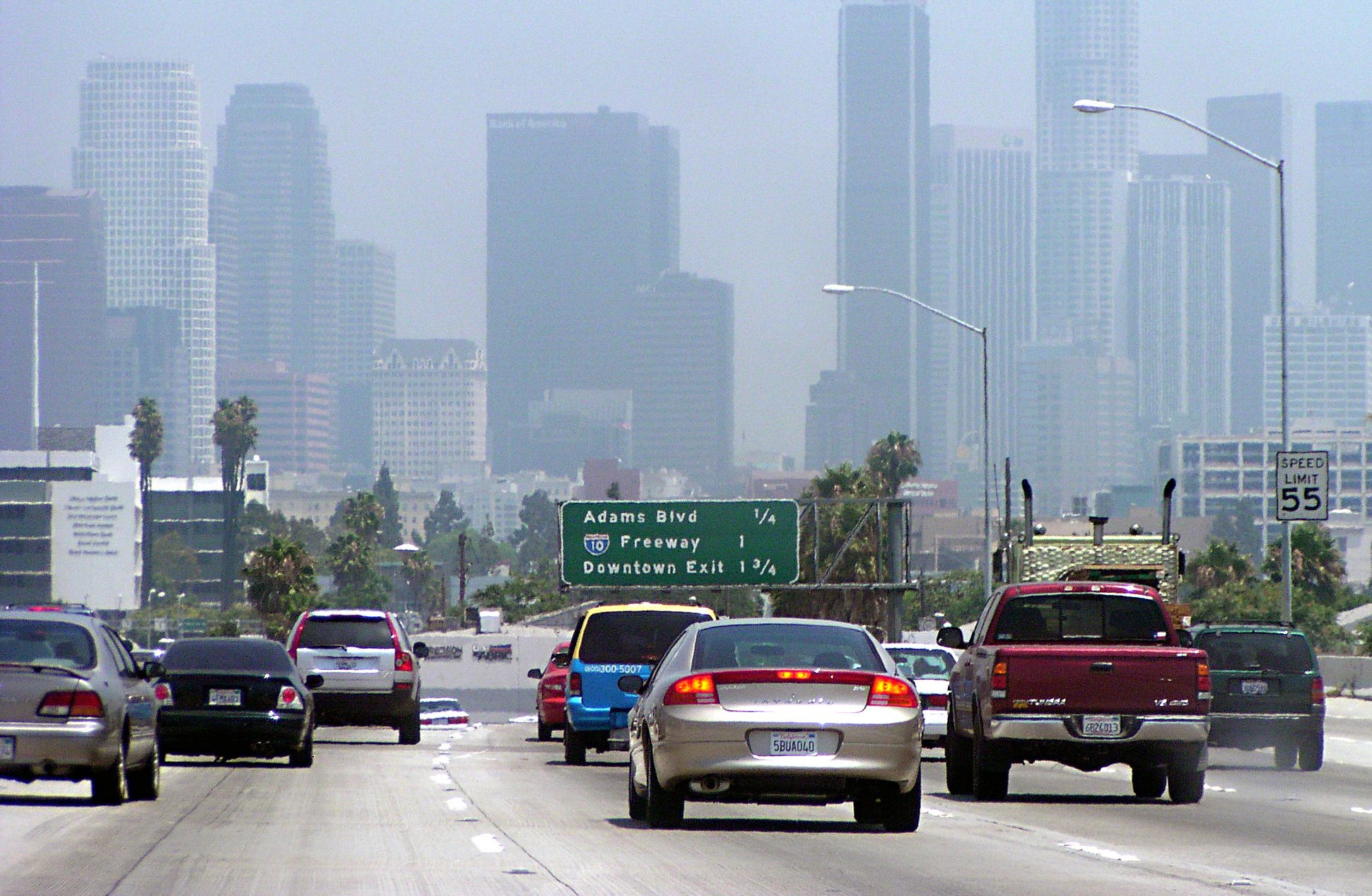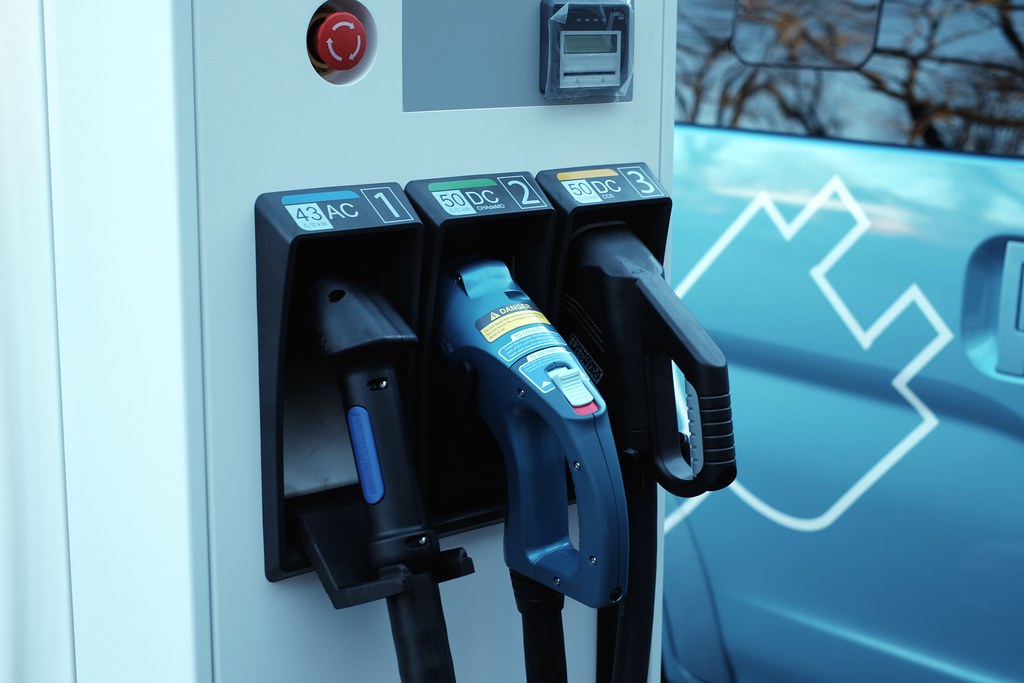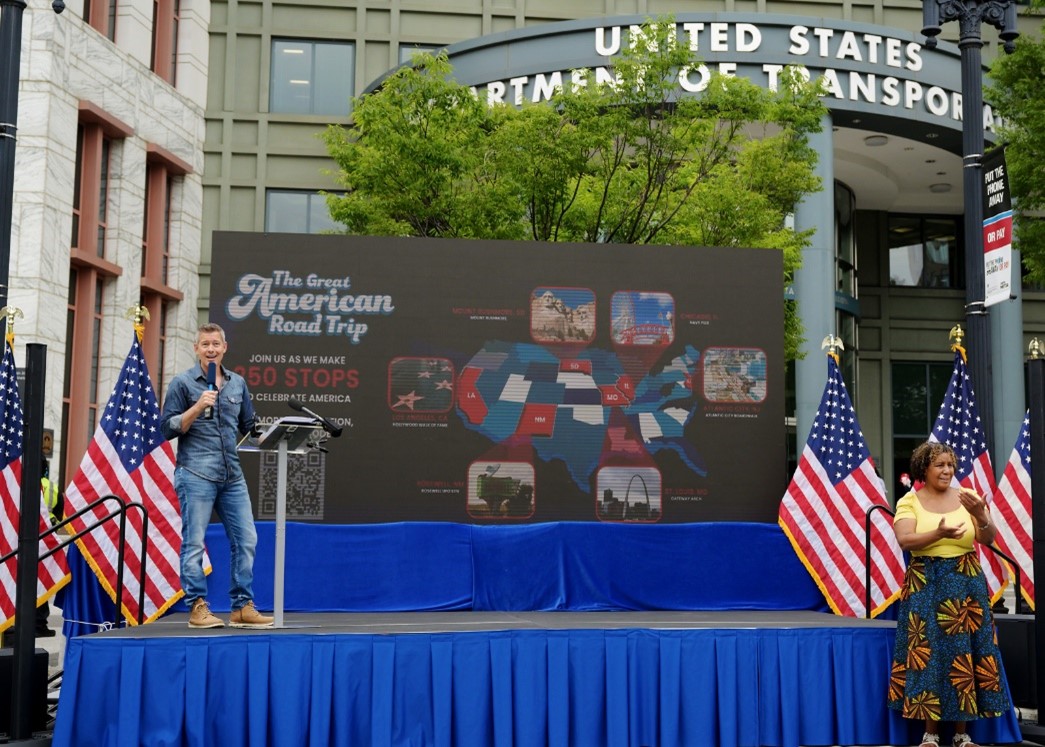When Congress passed a long-term transportation bill for the first time in more than a decade earlier this month, People for Bikes called it "a great day for bikes," and Momentum Magazine called it a "win for bikes." But is it?

The bill reserves $820 million for biking and walking infrastructure annually in its first two years, rising to $850 million by 2018. Michael Andersen at Bike Portland adjusted those figures for inflation. In those terms, dedicated biking and walking funds didn't fare as well as other categories of spending in the bill.
He writes:
That’s not everything the federal government spends on bike infrastructure, but it’s one of the biggest chunks. In a post on Dec. 2 about the transportation bill, the low-car advocacy group Transportation for America described it as “one of the few programs where funding doesn’t grow with the overall increases in bill.”
And does the increase in TAP funding even keep up with the growth in the number of bike riders in America? Not exactly, says Caron Whitaker, the VP of government relations for the League of American Bicyclists.
Is this a win? Well, it depends on what you’re starting from. Eleven months ago, an oil-industry-funded coalition of advocacy groups was sending a shot across Congress’s bow by declaring that “Washington continues to spend federal dollars on projects that have nothing to do with roads like bike paths and transit.”
National advocates fended off those attacks, and Congressional representatives like Washington's Rick Larsen held firm on dedicated biking and walking funds. They deserve a lot of credit for preventing significant losses in a hostile political climate.
Still, looking toward the future, Congress has to do better, especially as more people bike and demand for infrastructure grows.
Elsewhere on the Network today: Better Cities & Towns explains the problem with "forgiving" road design. And also from Bike Portland, ODOT officials say they're considering a road diet in response to the hit-and-run killing of a cyclist.





